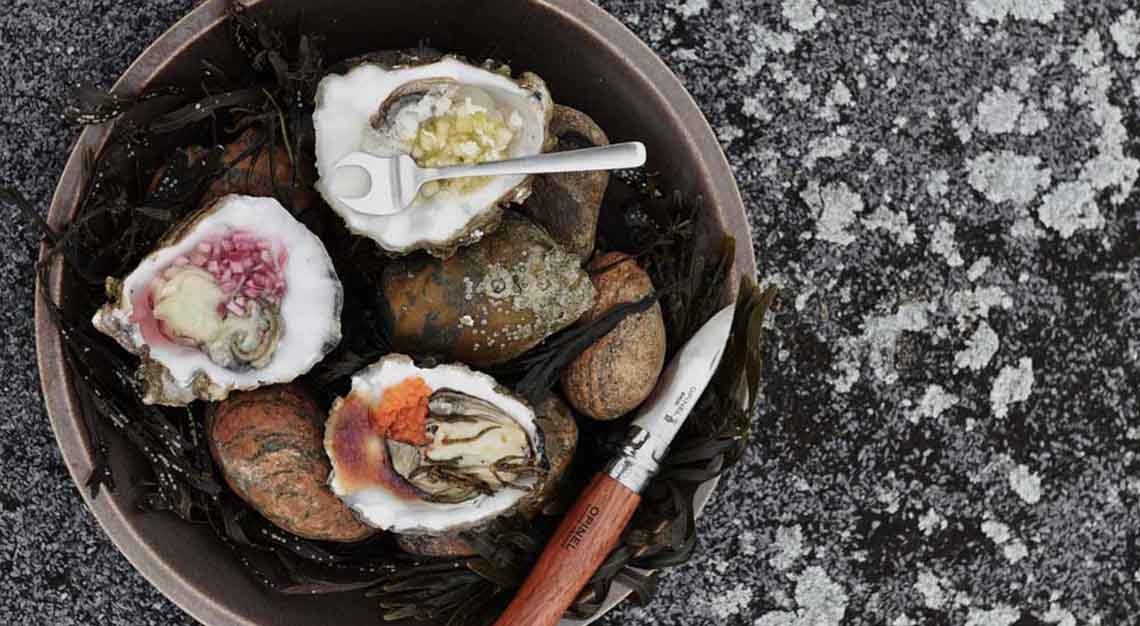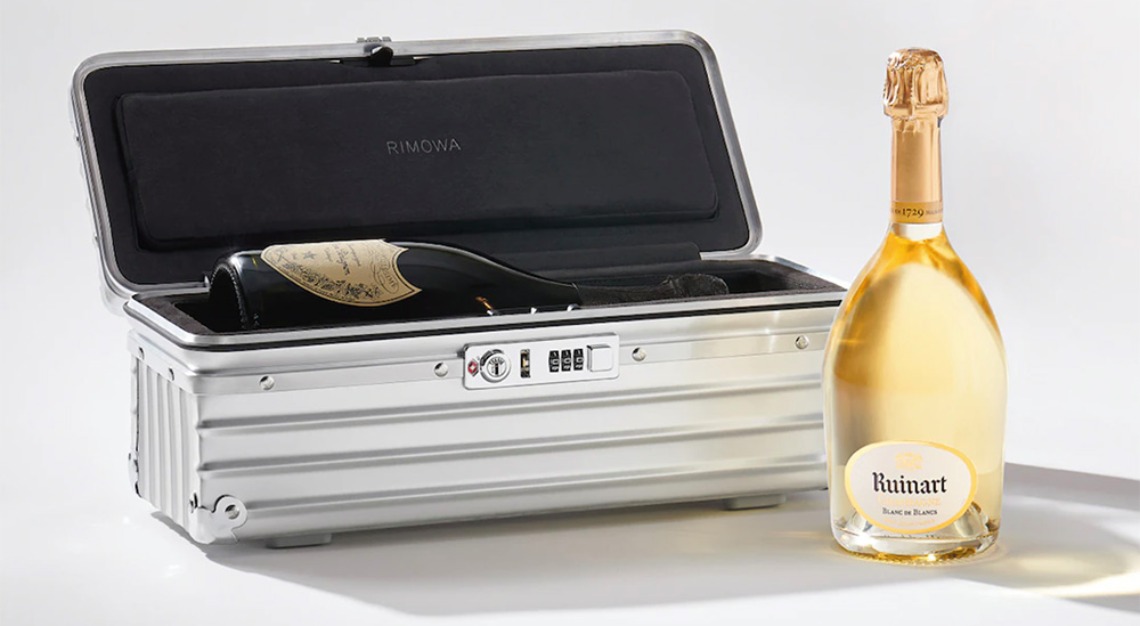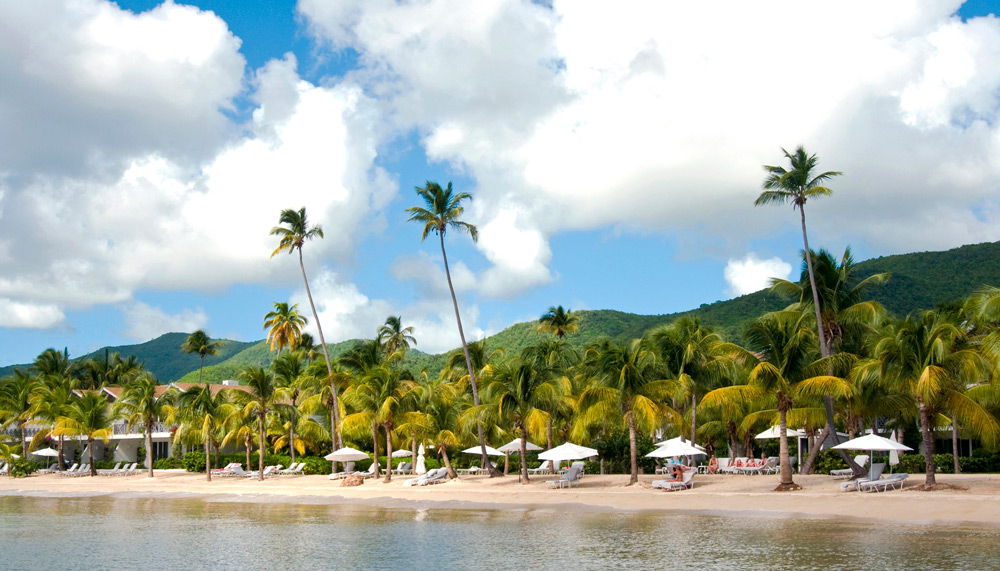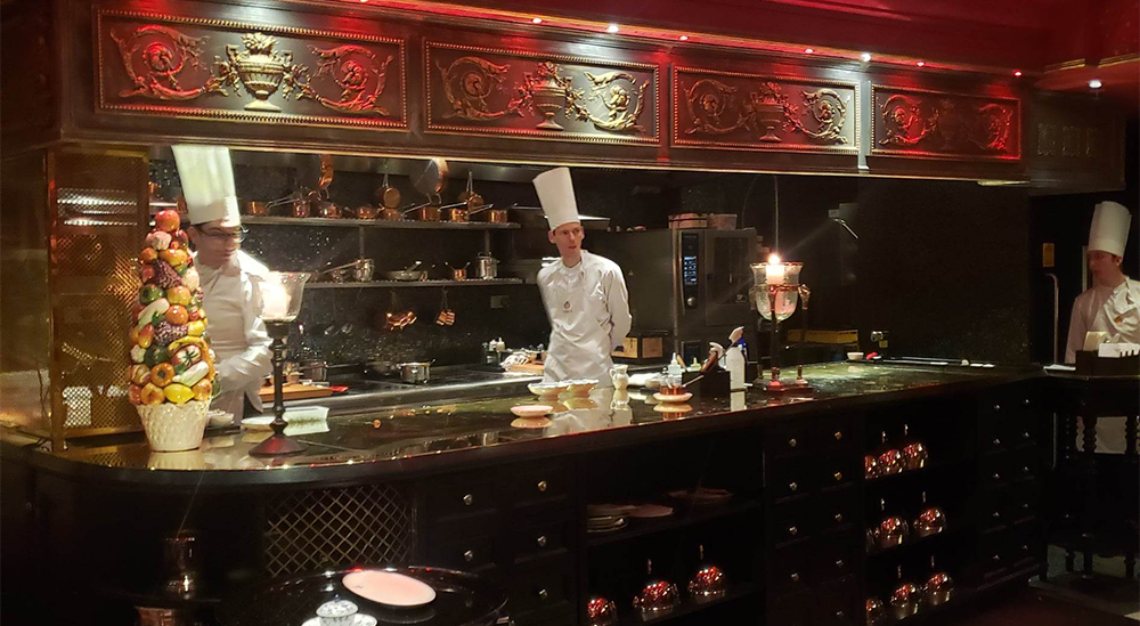Wade into the Wadden sea with the Nordic half shell hero
It’s easy to satiate an oyster craving in Singapore. All you need to do is to hit up one of the many oyster bars in Singapore or try out an exclusive oyster menu at one of the restaurants on the island. There are plenty of ways to enjoy it, too, whether eaten raw with a touch of lemon juice or even deep-fried. But have you ever thought about where your oysters are from and how that affects its flavour and texture? That’s the perspective Jesper Voss can help you discover.
Striding into the icy waters of Denmark’s Wadden Sea, Jesper Voss looks the part of a modern Viking: bearded, clad in Wellington boots, and covered with a harness-like leather apron from which buckets, knives, and carabiners jangle noisily.

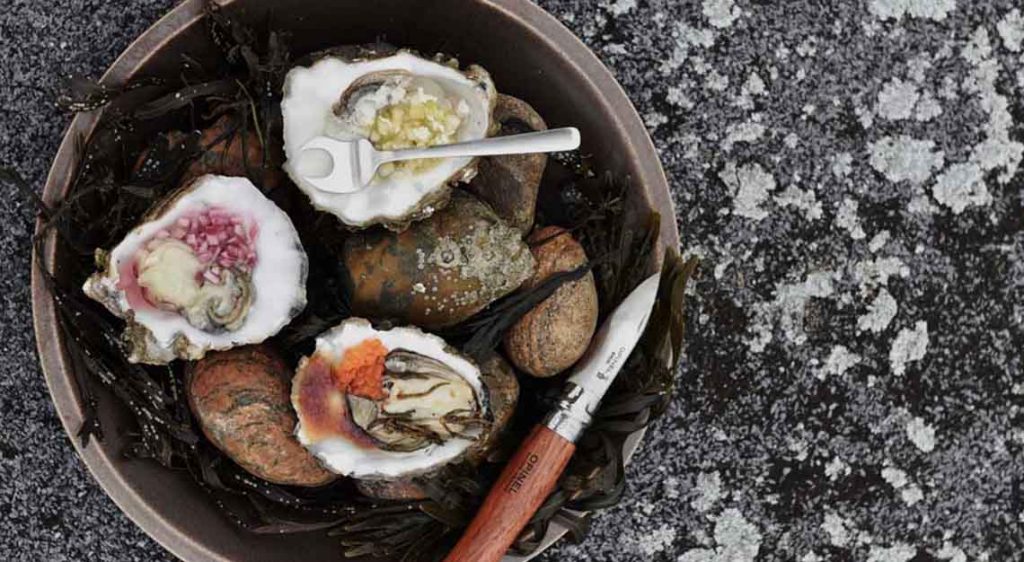
Around here, Voss is the oyster king, a great forager of bivalves who leads travellers from far and wide into the shallows near the island of Fanø for a fresh slurp of shellfish. “These oysters have a lot more structure than French ones, which are like – how do you say? – snot,” he says in his thick Danish brogue. “You must chew our oysters to taste the sweetness at the end. It’s almost honey-like.”
It wasn’t long ago that these sweet Pacific beauties couldn’t thrive in Denmark’s frigid climes, but apparently global warming has its upside: During the ’90s, the oysters, thought to have been brought over by ships’ ballasts, suddenly found a hospitable home in the thawing waters of the Wadden Sea.
The downside, of course, is that the delicacies are ferocious breeders – they risk uprooting native marine life such as blue mussels – so it’s by matter of duty as much as pleasure that Voss harvests them by the bucket, reaching into the muddy waters and pulling up fistfuls of shells one after another. He serves them right there on the beach in every way imaginable (grilled, marinated, raw, even paired with blue cheese or cured ham) along with ice-cold Champagne.
https://www.instagram.com/p/BQa4cBTlW9R/
The “oyster safari,” as he’s dubbed it, is a delectable means of conservation, yes, but it also comes with a bit of etiquette, too. For instance, Voss recommends waiting 20 seconds after shucking to eat, because it lets the saltwater drain away, allowing the oyster to produce its own syrupy juice. And no judgment if you happen to get a little on your chin – in fact, it’s practically the modern Viking way.
Thinking about signing up for one of Voss’s oyster safaris? He runs oyster tours throughout the year, and can also be hired for corporate or personal events.
